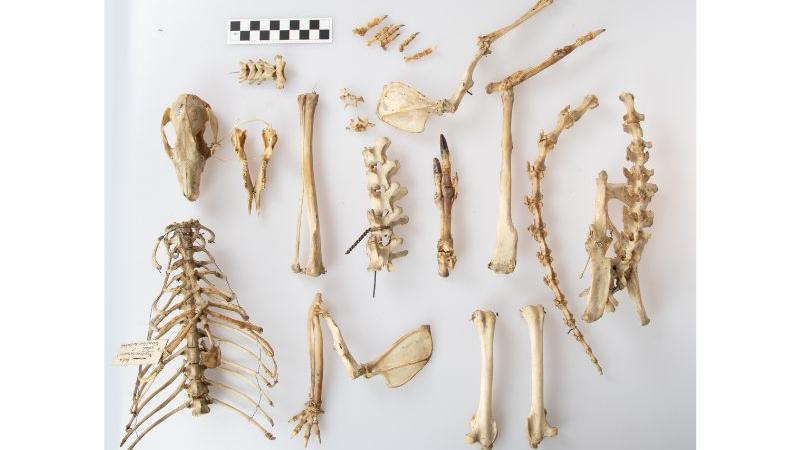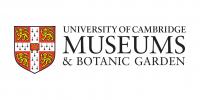What’s in the collection?
A grey kangaroo, a euro and a red-legged pademelon.

When did it arrive?
1875
What do we know about the specimens in Cambridge?
They were shipped by James Wilcox to the Museum at the request of a Judge Henry Ralph Francis (1811-1900), who relocated from Sydney back to England at around this time. Francis was educated at Cambridge, but we do not know the link between Wilcox and Francis.
In his letter to the Museum, Wilcox called the padelemon (a small hopping wallaby) Halmaturus wilcoxi – it had been named after Wilcox in 1866, by Frederick McCoy (a curator at National Museum Victoria), as Wilcox had provided McCoy with the specimens used to describe it. It is now recognised as a subspecies: Thylogale stigmatica wilcoxi. The specimen Wilcox sent to Cambridge was from the same location - Richmond River, New South Wales. It was very common for species to be named after the people that collected important specimens, patrons who supported expeditions, or many other colonial figures. However, this practice rarely credits the many other people involved in scientific advancement. It also sometimes celebrates figures with problematic roles in society. Perhaps it would be better not to name animals after people at all.
As part of the same shipment that brought the specimens to Cambridge, Wilcox also sent specimens of red-legged pademelon to the Natural History Museum in London and to Norwich Museum.
Who was James Fowler Wilcox?

Wilcox was born in Somerset, England in 1823, and in his early life worked as sailor and ship’s naturalist. He served on HMS Blazer – one of the companion ships to John Franklin’s ill-fated Erebus and Terror expedition to the Northwest Passage; and worked aboard the HMS Rattlesnake collecting for Norwich Museum in the Indian and Pacific Oceans, including around Australia.
He then settled in New South Wales in natural historical pursuits.





